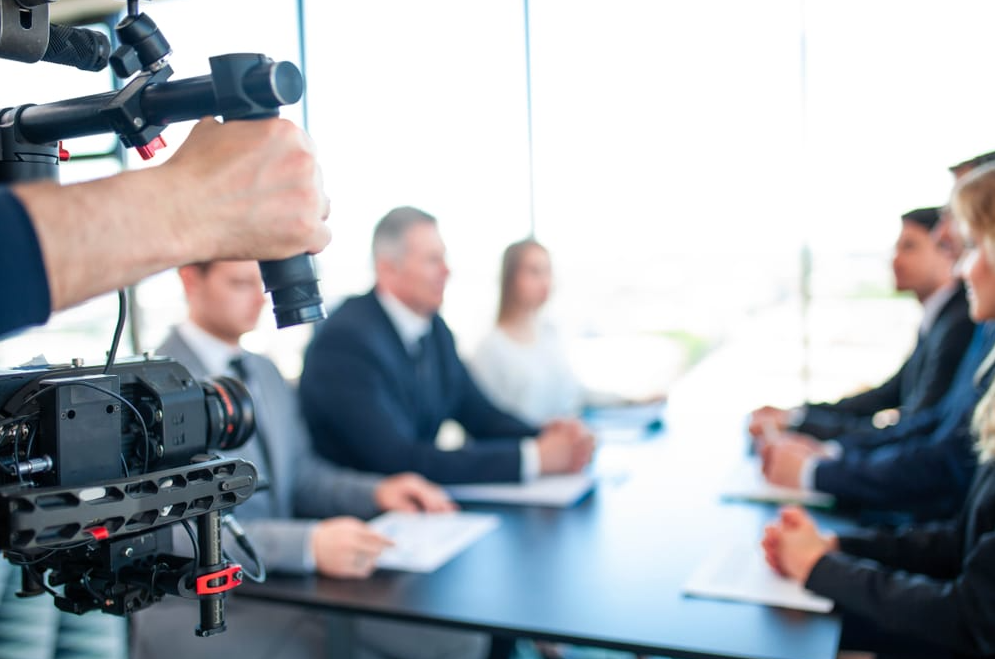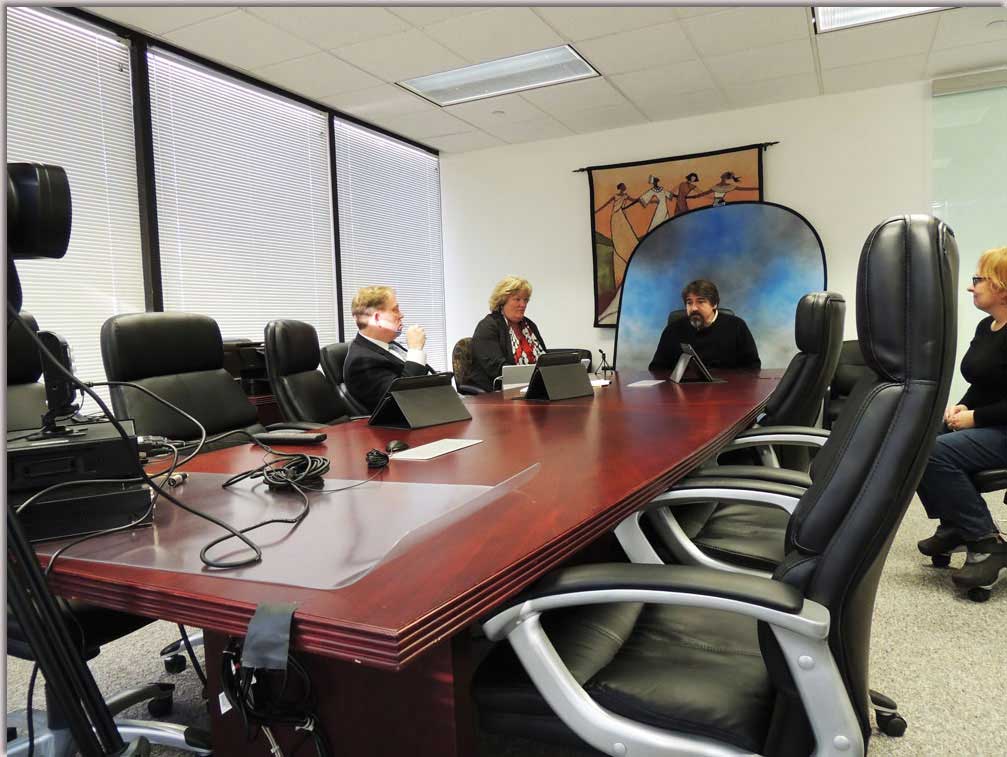The Ultimate Overview to Legal Videography for Lawyer and Legal Teams
Looking Into the Systems of Legal Videography: Unveiling Its Procedure in Shielding Authentic Visual Testament for Judicial Procedures
In the world of judicial proceedings, the duty of lawful videography stands as a foundation in maintaining and providing aesthetic evidence. As technology continues to advance, the devices behind lawful videography have actually ended up being progressively elaborate, supplying a critical layer of authenticity to testimonies caught on video.
Historical Development of Legal Videography
Taking a look at the historical progression of lawful videography exposes a significant change in the recording and presentation of aesthetic proof within the legal landscape. In the past, legal proceedings greatly depended on composed records and pictures to document occasions and give proof. However, with the development of video clip technology, the legal industry experienced a standard change in how visual testament was captured and offered.
The advancement of lawful videography can be mapped back to the late 20th century when developments in video recording equipment made it a lot more available for use in courtrooms. This technological improvement not only improved the accuracy and dependability of aesthetic evidence but also reinvented the means situations were offered to juries and judges (Legal Videography). Lawyers started to acknowledge the convincing power of video recordings in communicating emotions, subtleties, and non-verbal hints that composed transcripts or photographs alone can not catch efficiently

Technology Improvements in Video Documentation
What essential technical advancements have revolutionized video paperwork in the legal field? The legal area has actually seen substantial innovations in video clip paperwork innovation that have enhanced the credibility and dependability of visual proof in judicial process. Among the essential developments is high-definition (HD) video clip recording abilities, which supply crystal-clear pictures and sharp details that are essential for accurately capturing testaments, facial expressions, and various other visual cues. In addition, the integration of timestamping and metadata functions in video documents tools has made it possible for specific paperwork of when and where the video was videotaped, guaranteeing the integrity of the proof presented in court.
In addition, developments in video encryption and watermarking innovations have actually bolstered the safety and security and tamper-proof nature of video evidence, securing it against unauthorized alterations or meddling. Additionally, the arrival of cloud storage options and remote access abilities has structured the storage, access, and sharing of video clip evidence, facilitating seamless partnership among attorneys and ensuring effective accessibility to important aesthetic testimonies when needed. These technological developments in video clip documentation have definitely changed the lawful area, enhancing the accuracy, reliability, and admissibility of visual evidence in judicial proceedings.
Function of Legal Videographers in Courtroom Settings
The advancement of video clip documents innovation in the legal field has required a vital function for legal videographers in courtroom settings, making certain the honesty and dependability of aesthetic statements presented throughout judicial procedures. Legal videographers play a basic role in my explanation recording and protecting accurate visual evidence that can be crucial in litigation. Their responsibility reaches establishing up tools, taping proceedings, and creating premium videos that precisely mirror the occasions in the court room.
In courtroom settings, lawful videographers need to stick to strict standards and standards to keep the authenticity of the aesthetic record. They have to possess an eager eye for information and a complete understanding of legal procedures to make certain that the video they capture is a real representation of the occasions that took place. In addition, legal videographers often work very closely with lawful teams to guarantee that the video clip proof aligns with the situation's requirements and can be successfully offered in court to support the legal debates being made. Generally, the duty of lawful videographers in courtroom setups is essential in promoting the principles of justice and guaranteeing the openness of lawful process.

Ensuring Admissibility and Honesty of Video Evidence
To keep the trustworthiness of aesthetic proof offered in lawful go to my blog procedures, making certain the admissibility and integrity of video evidence is a critical obligation for lawful videographers. Admissibility describes the acceptance of evidence by the court, and for video clip evidence to be admissible, it should fulfill particular criteria. Lawful videographers play a crucial role in guaranteeing that the video clips they record conform with the regulations of evidence, such as authenticity, relevance, and reliability.
Integrity of video proof involves maintaining the originality and precision of the video from the time it is videotaped until it exists in court. This consists of securely storing the video clip files, recording the chain of wardship, and protecting against any meddling or modifications. Lawful videographers should stick to rigorous procedures to assure the honesty of the video clip evidence and avoid any challenges to its credibility.
Future Trends in Legal Videography
Provided the raising reliance on technology in lawful process, lawful videographers are positioned to accept innovative improvements shaping the future of aesthetic statement capture and presentation. Among the famous fads coming up is the integration of digital truth (VIRTUAL REALITY) and increased truth (AR) innovations into lawful videography. These modern technologies have the possible to reinvent how aesthetic evidence is offered in court rooms, enabling juries and courts to immerse themselves in the scene of the criminal offense or incident.
In addition, making use of artificial knowledge (AI) formulas for video my link clip analysis is anticipated to improve the procedure of assessing and examining large quantities of video footage. AI can aid in identifying vital moments, abnormalities, and patterns within videos, enhancing the performance of legal investigations.

Verdict
In conclusion, lawful videography has played an essential duty in providing genuine visual proof for judicial process. With technological advancements and the proficiency of lawful videographers, the integrity and admissibility of video proof are ensured in court setups. As legal videography proceeds to evolve, it will certainly be necessary to maintain requirements that keep the accuracy and reliability of aesthetic testimony for the future of legal process.
Examining the historical development of legal videography exposes a substantial transformation in the catching and discussion of visual evidence within the legal landscape.The advancement of video clip documentation technology in the legal field has required a crucial duty for lawful videographers in court room settings, making sure the honesty and dependability of aesthetic testimonies presented during judicial proceedings. Furthermore, legal videographers usually function very closely with lawful groups to make sure that the video clip proof straightens with the case's requirements and can be effectively offered in court to sustain the lawful debates being made.To maintain the trustworthiness of visual proof presented in legal process, making certain the admissibility and stability of video clip proof is a crucial duty for lawful videographers. As legal videography proceeds to advance, it will be necessary to promote standards that keep the precision and dependability of aesthetic statement for the future of legal proceedings.